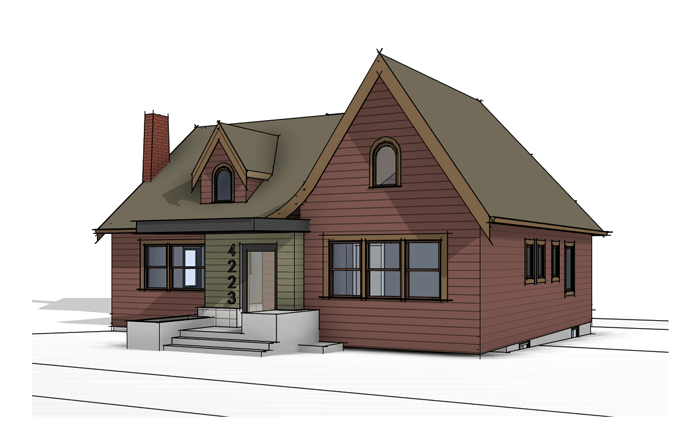When a client comes to us with a new project, they often have an idea in mind of what they want the finished result to look like. While this is always the starting point for our design process, putting pen to paper and developing 3D models can often reveal challenges with the initial ideas, as well as present unique opportunities for alternative solutions. In this case study, we show how we evaluated varied solutions to a complex design problem with 3D modeling to find a clean and elegant option that best met the client’s goals.
Consumer Activism: Is it possible and what’s the alternative?
You can find endless articles, thinkpieces and blog entries much like this one about the myth of the ethical shopper, whether organic food is really better for the environment, and the effectiveness of boycotting sweatshops. Sifting through to find real, substantive information about how to make tangible change with the things you consume challenging and exhausting, and is it even worth it?
Daylighting 101: Orientation
When we talk about the orientation of a building, we mean how the building sits on the site relative to its context, the most important of which is typically the sun (other factors being wind, views, topography and surrounding landscapes, buildings and streets). It is easier to optimize the orientation of a building for solar exposure in new construction, but there are takeaways that can be applied to existing homes as well.
Daylighting 101: Why Does Daylight Matter?
Connecting to nature has a profound impact on our wellbeing. If you imagine being a room with big windows, indoor plants, fresh air, a view of a forest and lots of light, you instinctively feel more comfortable and relaxed than imagining being in a room with no windows or plants, recycled air and artificial light. “Natural light” is frequently cited as a major consideration when people are deciding where to live or how to remodel their existing homes. In architecture, natural light is referred to as daylight.





